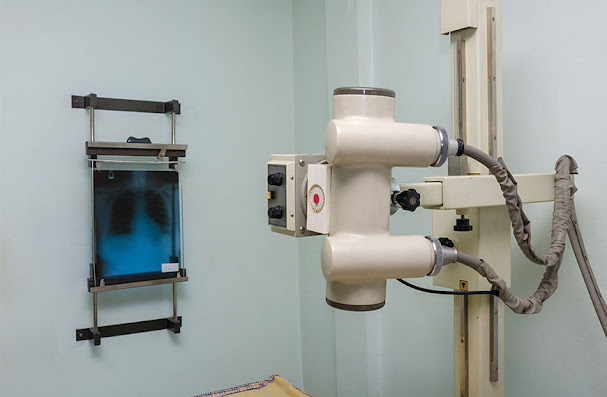Why Thermoplastic Materials Are The Best For X-Ray And Gamma-Ray Shielding?
Radiation is an unavoidable part of life for those people who work in the healthcare sector. Here, these people are constantly exposed to radiation from various sources like X-ray machines and medical procedures.
While low-level exposure from these machines is generally harmless, regular exposure to high-level of radiation can have harmful effects on our bodies. Therefore, these people need to protect themselves from unnecessary exposure to radiation. One effective way to do this is through the use of radiation-shielding materials.
You would be happy to know that radiation shielding materials are designed to absorb or deflect radiation, reducing its effects on the human body. While there are various types of materials that can be used for this purpose, thermoplastic materials are the best for X-ray shielding.
• High-density
One of the most crucial factors that play a vital role in radiation shielding is density. The denser the material, the more effective it is at absorbing and deflecting harmful radiations. Thermoplastic materials like high-density polyethylene (HDPE) and polyvinyl chloride (PVC) have a higher density than many other materials commonly used for radiation shielding, such as concrete or lead. This makes thermoplastic materials more effective at blocking X-rays and gamma-rays.
• Lightweight
While density is important, weight is also a consideration in radiation shielding. Heavy materials like lead can be difficult to handle every day. Thermoplastic materials are lightweight, making them easier to handle and install. This also means that thermoplastic materials can be used in a wider range of applications, including medical settings where mobility is important.
• Customizable
The best part of thermoplastic materials is that they can be easily molded into a variety of shapes and sizes, making them highly customizable. This is especially important in medical settings, where radiation shielding materials need to be tailored to the specific needs of individual patients. Customizable shielding materials ensure that patients receive the maximum amount of protection while minimizing unnecessary radiation exposure.
• Durable
You would be happy to know that thermoplastic materials are highly durable and resistant to corrosion, making them ideal for use in harsh environments. The thermoplastic materials are also resistant to UV radiation, ensuring that they will maintain their effectiveness over time. At the same time, these shields also give full protection from high-level gamma radiation. You will see a wide of gamma ray shielding in different science labs.
• Cost-effective
Just a few decades ago, lead was a common material used for radiation shielding, but was expensive and difficult to work with. Thermoplastic materials, on the other hand, are cost-effective and easy to manufacture. This makes them an attractive option for a wide range of applications, from medical settings to industrial applications.
In conclusion, thermoplastic materials are the best choice for X-ray and gamma-ray shielding. They offer a range of benefits over other materials, including high-density, lightweight, customizability, durability, and cost-effectiveness. By using these materials, people in the healthcare sector can protect themselves from unnecessary exposure to radiation and ensure that we live healthy, radiation-free lives.






Comments
Post a Comment